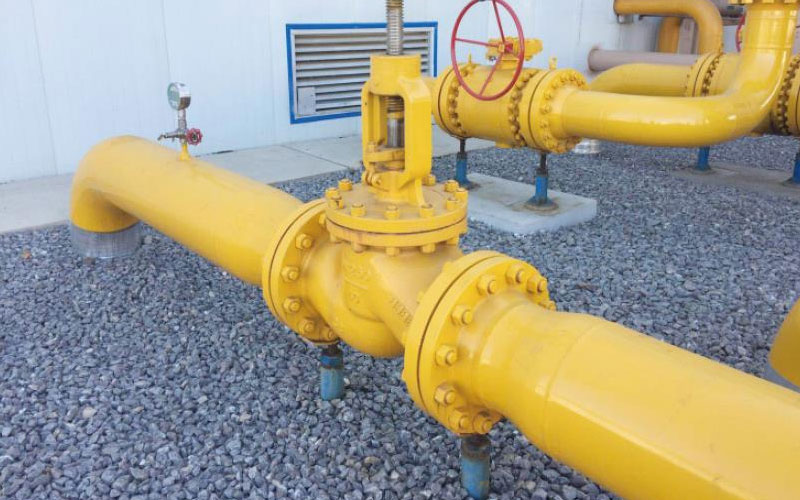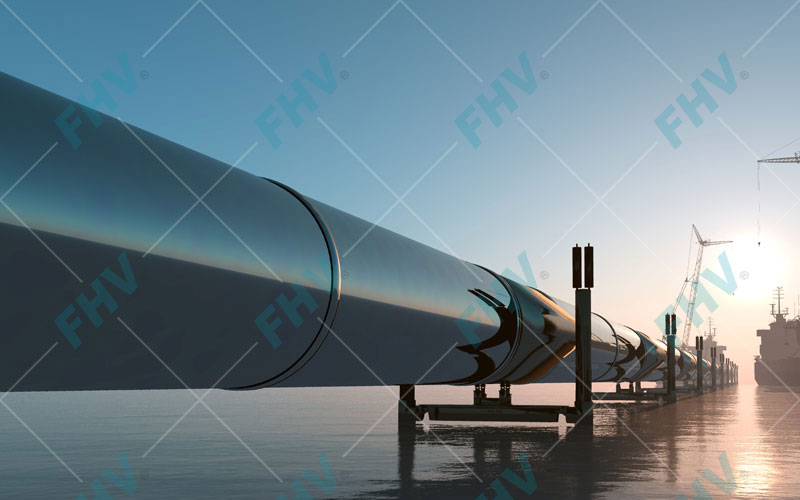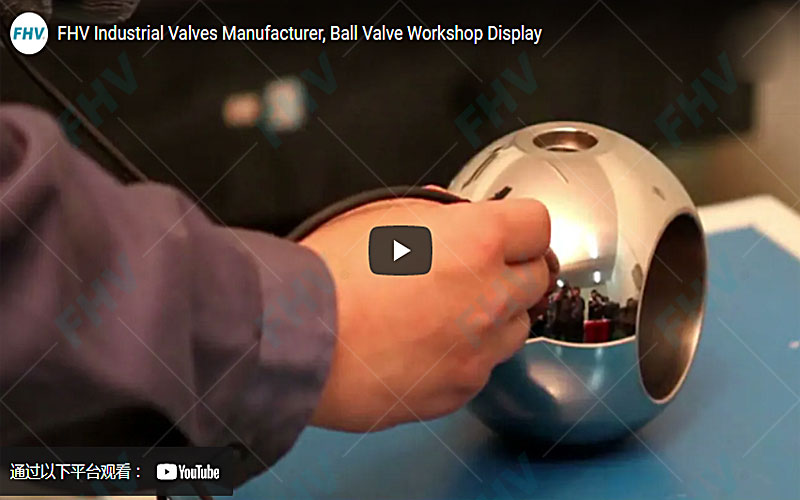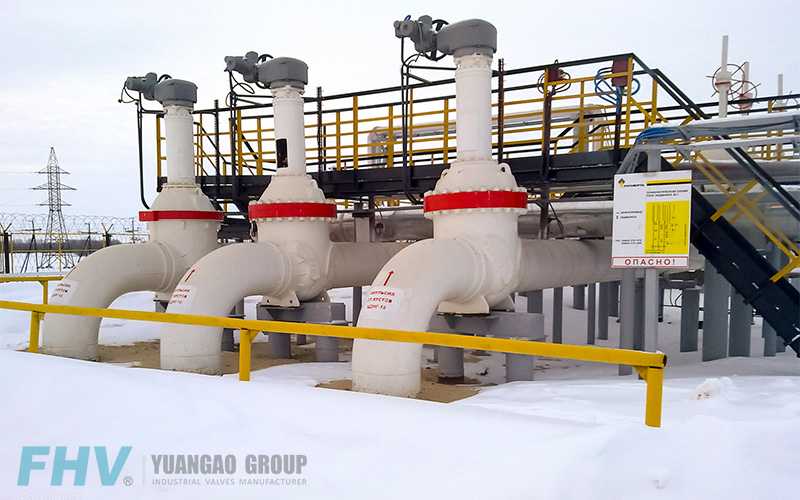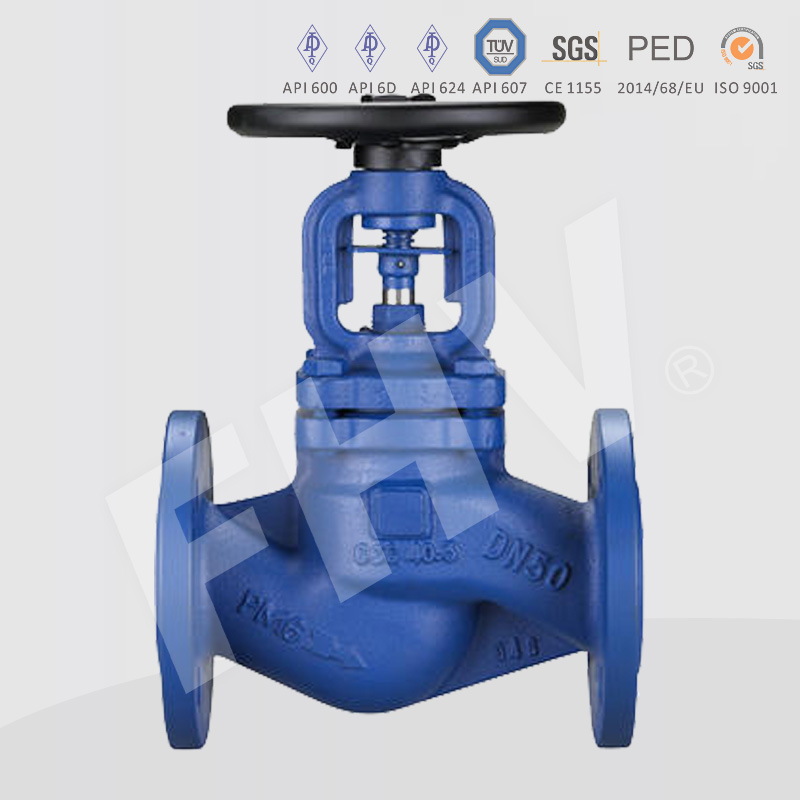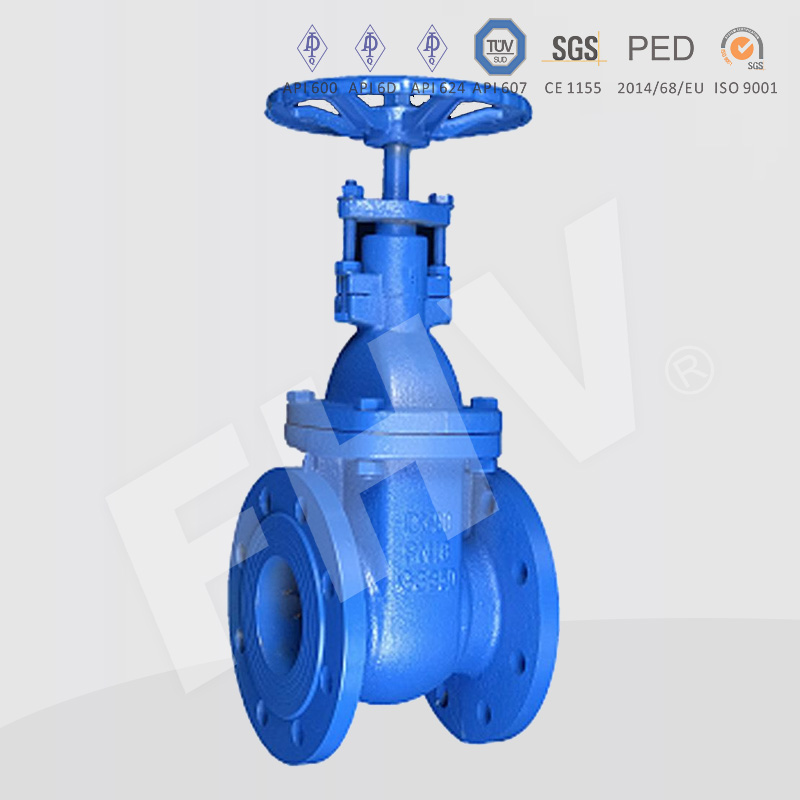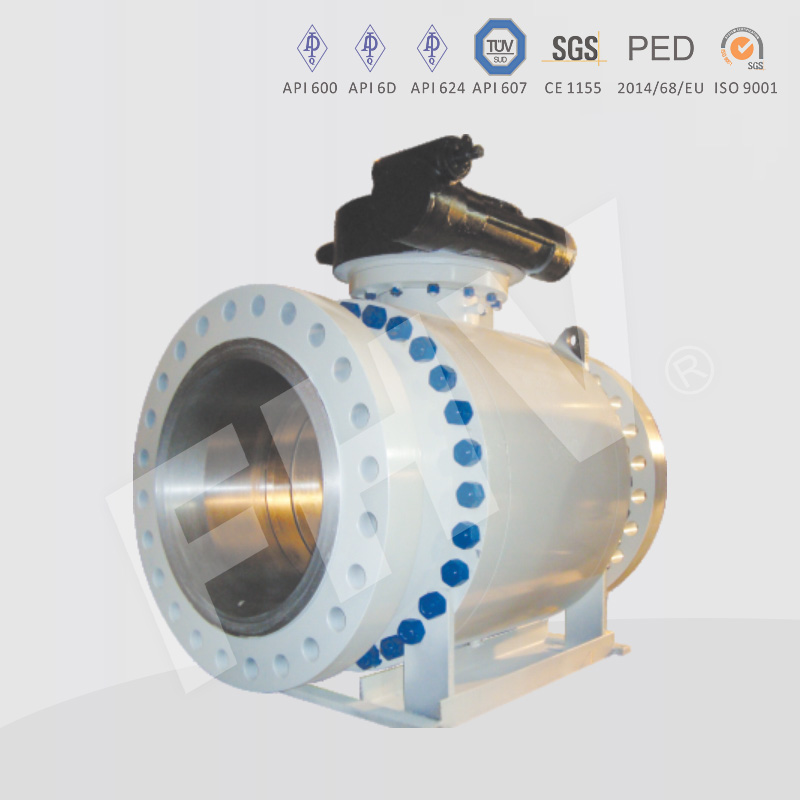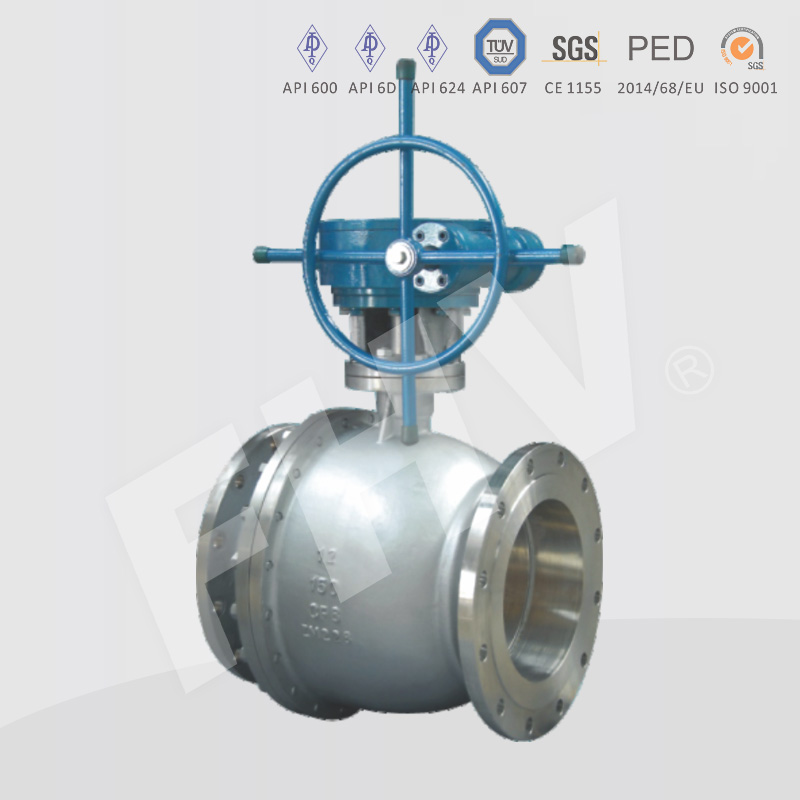Interpreting industrial valve pressure test
Industrial valve is an important accessory to control the flow of media on the industrial pipeline, which can be used to control the flow of air, water, steam, various corrosive media, mud, oil, liquid metal and radioactive media.
The valve is composed of three parts: valve body, opening and closing mechanism and valve cover. According to the different structure and function, it is often divided into ball valve, butterfly valve, globe valve, gate valve, plug valve and check valve. Today, Yuangao valve co takes gate valve as an example to interpret its pressure test method and matters for attention.
For gate valves, the first thing to do is the liquid shell test, the shell test is the cold state pressure test of the valve body and cover connected to the whole valve shell, the purpose is to test the valve shell, including the fixed joint of the whole shell structural strength, pressure resistance and density.
The test pressure shall be at least 1.5 times the allowable operating pressure of the valve at 20℃ (i.e. 1.5×CWP). The gas shell test of gate valve is the selected item, it must be arranged after the liquid shell test is qualified, and the test pressure is at least 1.1 times of the allowable working pressure of the valve at 20℃ (1.1×CWP), corresponding safety protection measures should be taken during the test to prevent product burst.
The test duration of shell test is different according to the nominal size of the valve. Generally, the shortest duration of the valve DN≤50 is 15s, and so on. The shortest duration of the valve DN65~DN150 is 60s, DN200~DN300 is 120s, and ≥350 is 300s.
The specific operation method is: close the inlet and outlet ports of the valve, open the valve part, fill the valve shell with test medium, drain the air inside the valve cavity, gradually pressure to the specified pressure, and then according to the pressure holding time, check the situation of the valve shell everywhere. Shell test requires that there should be no structural damage, no visible leakage through the valve shell wall and any fixed valve body joints; If the test medium is liquid, there shall be no visible droplets or surface moisture. If the test medium is air or other gases, there should be no bubble leakage.
After the shell test, it is necessary to do the sealing test, in which the liquid sealing test pressure is at least 1.1 times the allowable working pressure of the valve at 20℃ (1.1×CWP), the gas sealing test pressure is generally 0.6mpa ± 0.1mpa, and when the nominal pressure of the valve is less than PN10, The test pressure shall be 1.1 times of the valve's allowable working pressure at 20℃ (i.e. 1.1×CWP).
For gate valves, ≤DN100 and ≤PN250 and > DN100 and ≤PN100 valves must do gas low pressure sealing test, and ≤DN100 and >PN250 and > DN100 and >PN100 valves must do liquid high pressure sealing test, sealing test duration is different according to the valve nominal size, General DN < 350 valve short duration is 60s, ≥350 is 120s.
The specific method of sealing test is: close the valve at both ends, the valve opening and closing parts are in partial open state, fill the valve cavity with test medium, gradually pressure to the specified test pressure, close the valve opening and closing parts; According to the specified time to maintain one section of the test pressure, release the pressure of the other end, check the leakage of the end, and then repeat the above steps and actions, change the direction of the valve for test and inspection.



